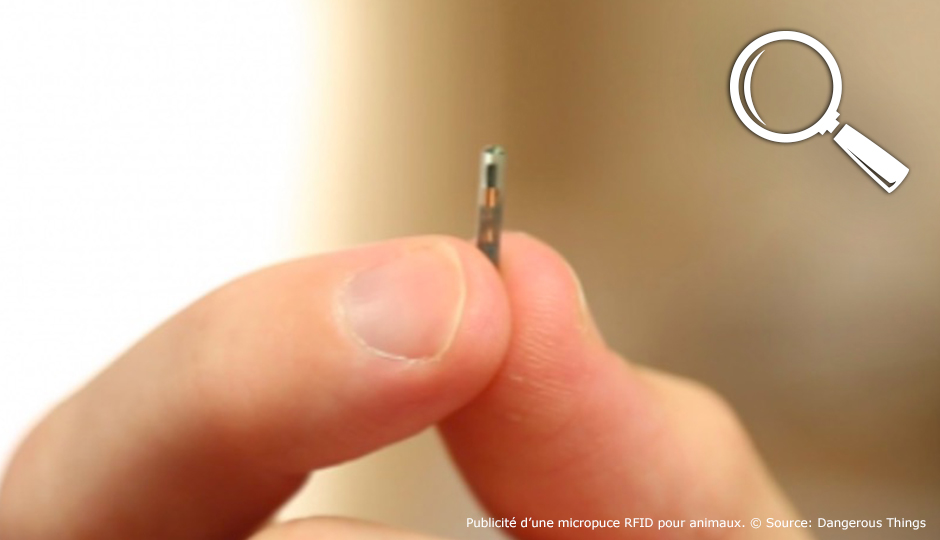Auteur : Agence Science Presse - Catherine Couturier
All kinds of conspiracy theories circulate around Bill Gates, especially in this pandemic period. One such rumour emerged in April. He supposedly wanted to use a vaccine to implant a microchip that could track and control crowds. Several reports have explained that Gates never really said this. The Rumour Detector investigated whether this idea is technologically realistic.
Can computer technology be implanted? Yes
The human body can tolerate foreign objects for medical purposes. Pacemakers have proven this for decades. Traditionally they were the size of a dollar coin, but miniature versions have developed more and more. Any foreign object must be biocompatible to avoid rejection by the human body. That means it’s made of stainless steel, titanium or ceramic. Or it can be “encapsulated with a thin layer of medical silicone for better acceptance by tissues,” explains Mohamad Sawan, Professor of Electrical Engineering at Polytechnique Montréal.
What about a minuscule implant? Yes
Could a “microchip” be small enough to be implanted by a syringe? Some enthusiasts have adopted subcutaneous implants. These use the same technology as the chips injected in pets by large syringes. The size of a grain of rice, “radio-frequency identification devices” (RFID) are often inserted in the subcutaneous tissues of the human hand or, more rarely, in the triceps muscle. This is the same technology found in contactless credit cards, antitheft trackers in stores, or contactless door locks.
Can it be used to track people? No
However, to be able to read the information on an RFID chip, the scanner must placed nearby. The electromagnetic wave generated by the scanner then activates the chip circuit and transmits a radio signal by the same antenna. So it’s impossible to “track” a person in real time. At most, this scanner-and-chip technology can track a person’s movements with a certain delay. For example, it can analyze transactions done with chip cards, on condition the person uses them.
Some of the rumours originate from the injectable nanoparticle technology described in a Massachusetts Institute of Technology (MIT) study, funded by the Bill and Melinda Gates Foundation. But this technology can’t track people either. Currently tested on rats, the technology studied by MIT is similar to an invisible tattoo. It’s a passive technology, which would indicate if someone received a vaccine. The nanoparticles injectable under the skin emit a fluorescent light invisible to the naked eye, but detectable by a smartphone. Once again, “it’s essential that the subject be very close to the scanner, as is the case for bar code [or RFID chip] scanners,” Pierre Savard points out. Savard is an Emeritus Professor with the Department of Electrical Engineering of Polytechnique Montréal.
Can people be injected and then tracked by GPS? No
Tracking a person in real time would require a Global Positioning System (GPS). “GPS doesn’t transmit waves. It receives them from satellites,” explains Professor Jean-Jacques Laurin of the Polytechnique. For a GPS to work, “an antenna must be big enough to capture the waves received”.
This means the antenna must be at least 2 cm x 2 cm, much too big for discreet injection by a syringe. In addition, the chip would need a power supply. The waves coming from the satellites would also have to be reflected or absorbed by the skin, making the signal even less detectable. “We’re a long way from an injectable implant,” Pierre Savard adds.
Those who want to track crowds by GPS already have a much less complicated means than a vaccine. It’s a cell phone, and it’s found in people’s pockets all over the planet.
This article is part of the Rumour Detector’s column. Click here for the others.





